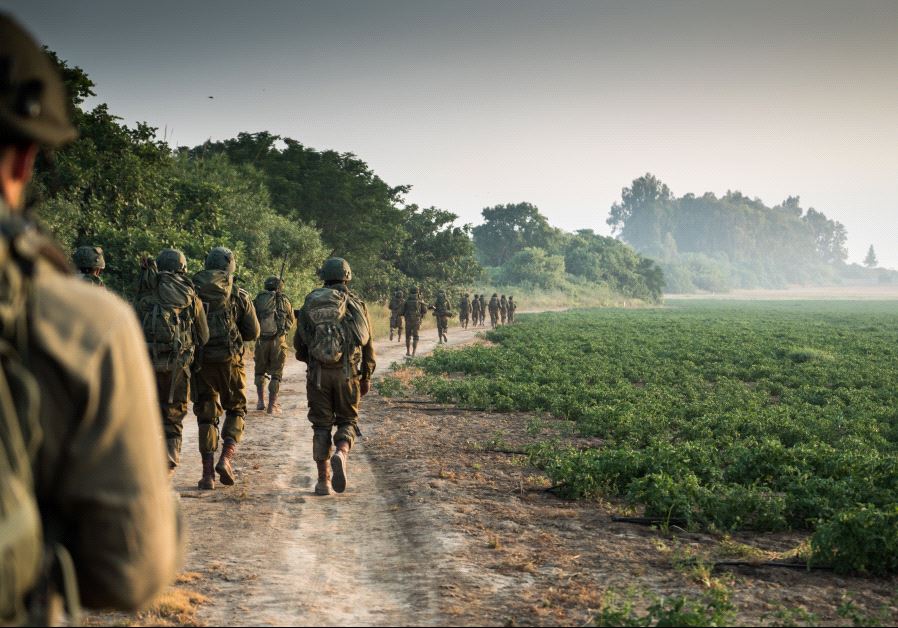Defense Ministry presents plans for two additional IDF bases in the Negev
Tens of thousands of soldiers will be relocated from bases in central Israel to the Negev as part of "Project IDF Ascent to the Negev"
 IDF SOLDIERS take part in a military exercise.(photo credit: IDF SPOKESMAN’S UNIT)Updated:
IDF SOLDIERS take part in a military exercise.(photo credit: IDF SPOKESMAN’S UNIT)Updated: